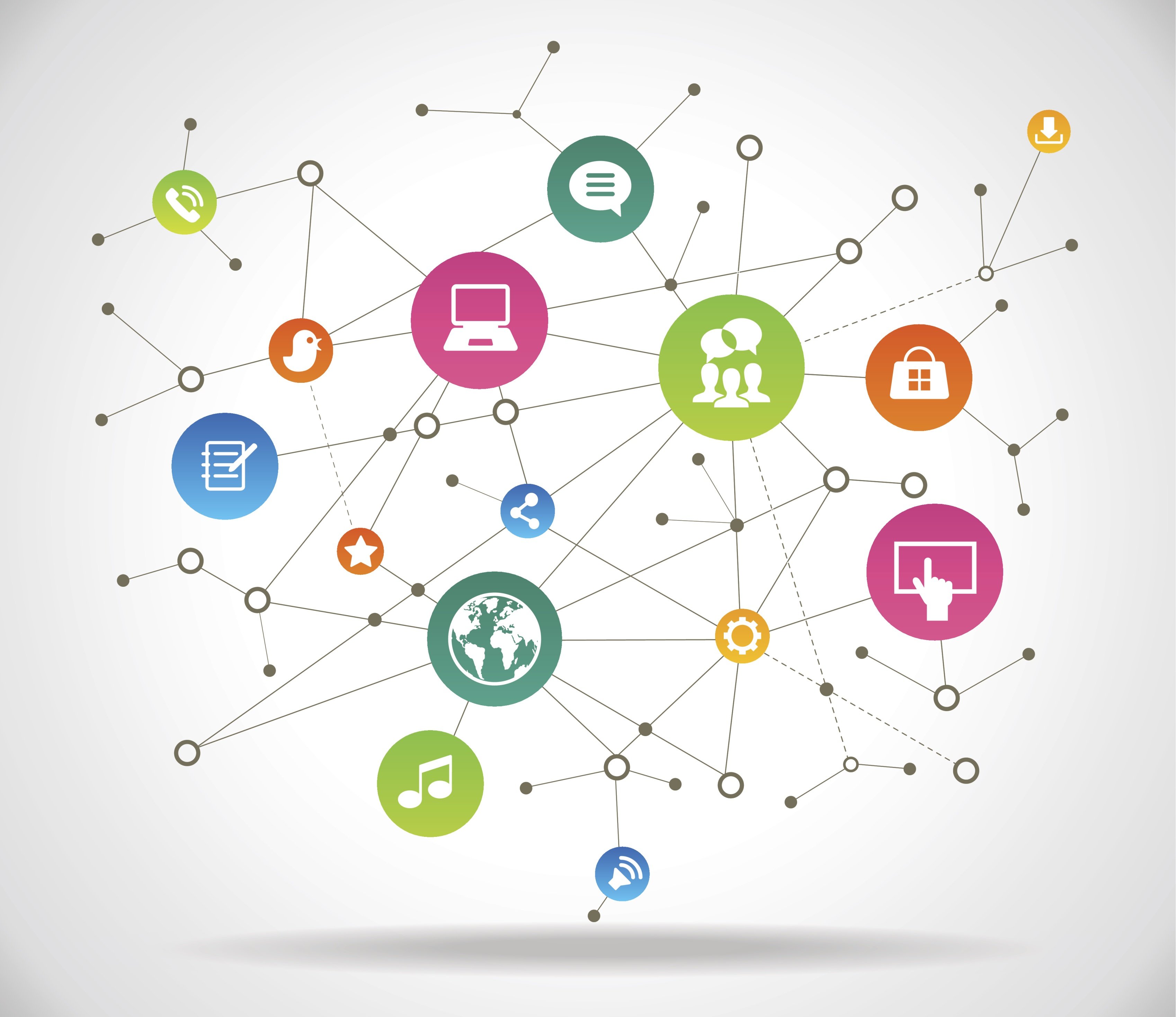When considering the fact that 76% of consumers want to use 3 or more channels (voice, email, text, chat, social media, video, self-service, etc.) during a single transaction with a company, omnichannel customer service should no longer be considered a means of competitive differentiation—it should be considered an absolute necessity. In fact according to the Aberdeen group, companies with extremely strong omnichannel customer engagement retain on average 89% of their customers, compared to 33% for companies with weak omnichannel customer engagement. And as consumers become increasingly mobile and their expectations continue to rise, those businesses that are not adequately meeting the needs of their customers across all channels will have a tough time keeping up.
Consider the following statistics:
- 64% of Americans own a smartphone, up from 58% in early 2014.
- Over 35% of customers expect to be able to contact the same customer service representative on any channel.
- 64% of customers expect to receive real-time assistance regardless of the customer service channel they use.
- By 2020, the demand for an omnichannel customer experience will be amplified by the need for nearly perfect execution.
- By 2020, it is predicted that 90% of customer service inquiries will be handled through social channels
- 98% of Americans switch between devices in the same day.
But according to Accenture’s recent Global Consumer Pulse Research study, only 11% of consumers strongly agree that companies are effectively converging digital, mobile, social and traditional channels. And 87% feel as though brands need to put more effort into providing a seamless experience. Today’s businesses are struggling not in offering multiple channels for their customers to obtain service, but in delivering a seamless and consistent experience across multiple touch points and channels.
How can this problem be solved?
Store data across channels: One of the most common complaints amongst nearly 90% of today’s consumers is having to repeat their issue to multiple representatives, as well as a representative’s lack of access to their account information. But these problems could largely be solved if businesses were to integrate their system of record (CRM, customer service management, etc.) with their communications platform, breaking down departmental silos, while offering reps immediate access to the customer’s previous interactions, purchase history, and account information. In fact, 77% of strong omnichannel companies store customer data across channels, compared to 48% for weak omnichannel companies. (Aberdeen Group).
Control channels from a single place: Customers want to be able to move seamlessly from one channel to another, while communicating with the same representative who has access to all relevant data—but the platforms many of today’s businesses are using do not allow for this to happen. In fact, 61% of consumers have not been able to easily switch from one channel to another when interacting with customer service. But by utilizing a contact center solution that supports multiple channels, including voice, email, SMS text, online chat, social media, and even self-service, agents can more seamlessly transition from one channel to another, servicing their customers through the channel(s) of their choice.
Train Reps to be cross-functional: At the end of the day, a company’s ability to deliver superior omnichannel service will come down to its agents. And if they aren’t adequately trained on how to effectively use each channel, or do not feel comfortable tapping into information from other departments, their ability to meet and exceed customer expectations will be extremely limited. Omnichannel customer service should be engrained into the minds of every employee, no matter their department or role—in conjunction with the right tools and technology, the ability to deliver a superior customer experience across multiple touch points will be far more within reach.





